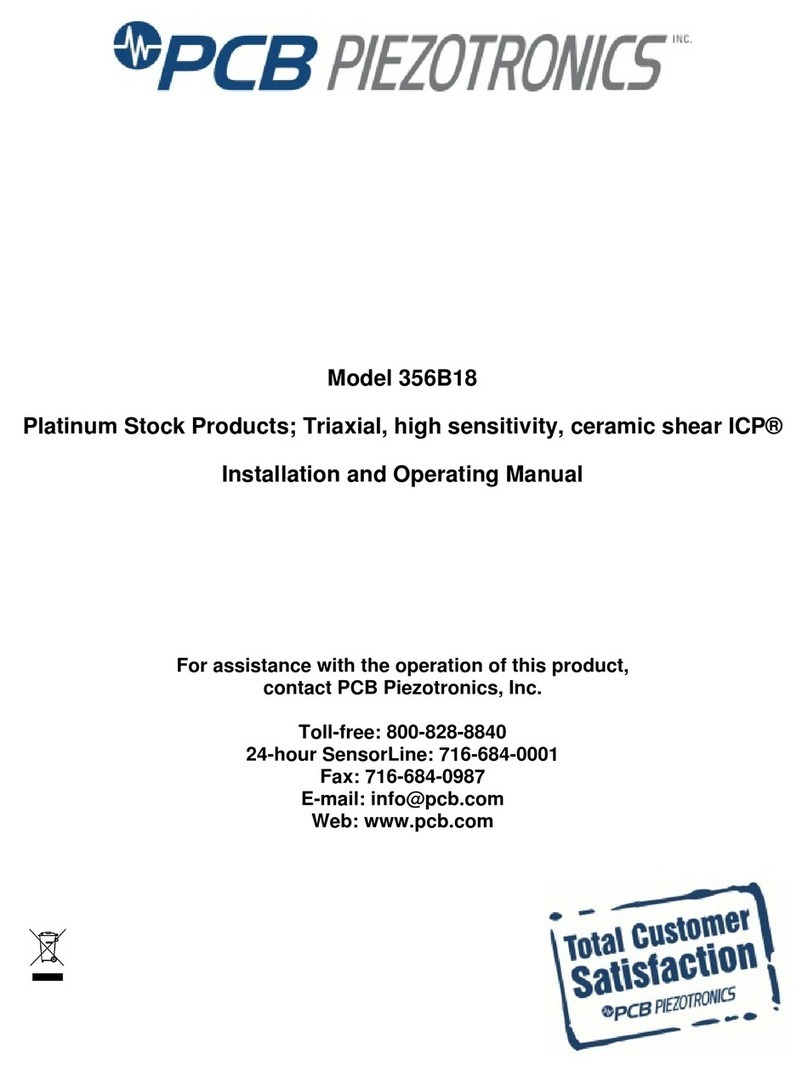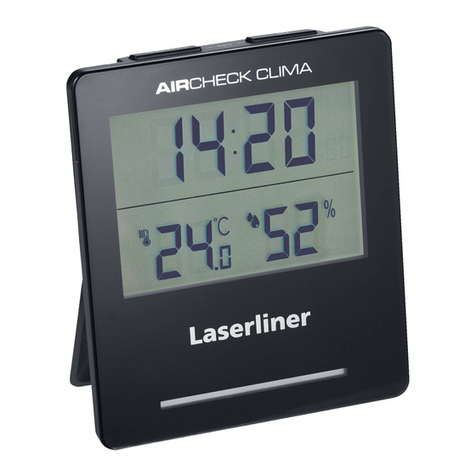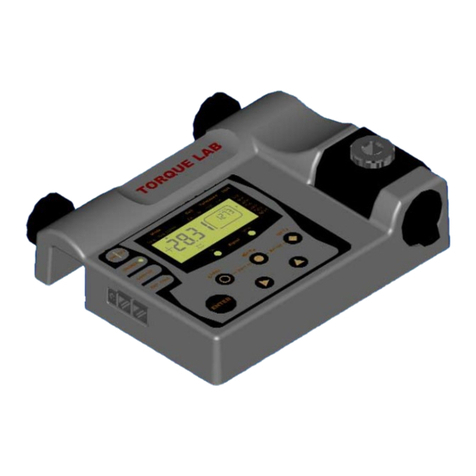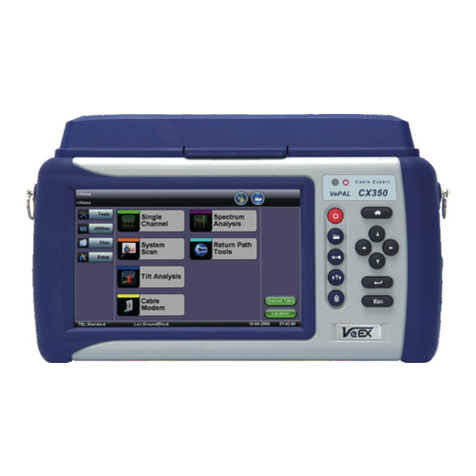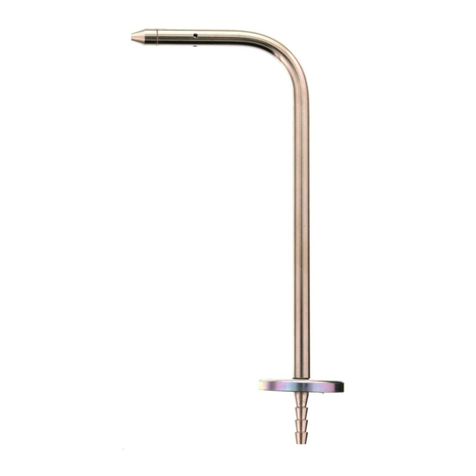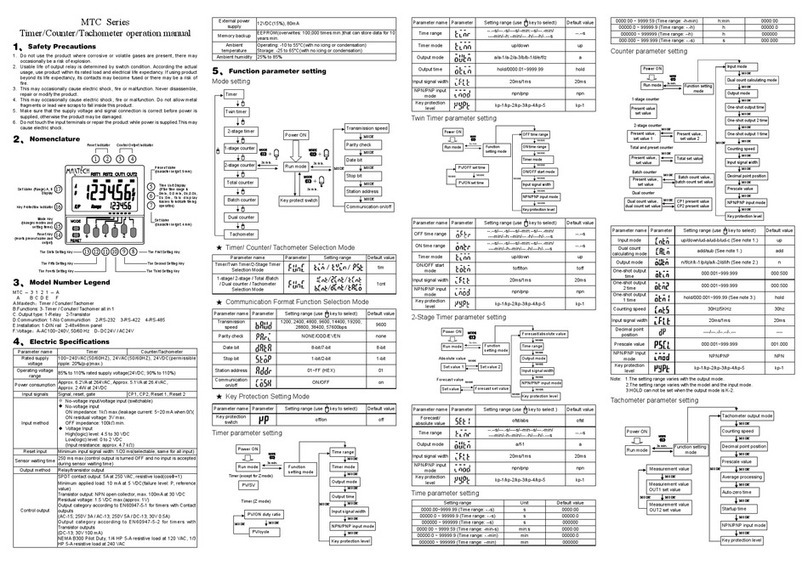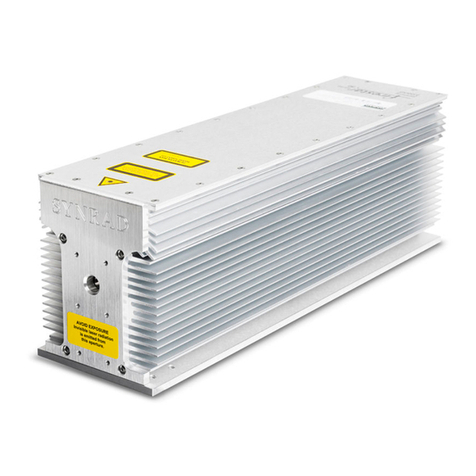Glbiotech BeneCheck Meter Kit User manual

BeneCheck Meter Kit Meter (Front Side & Back Side)
BeneCheck Messgerät Messgerät (Vorderseite & Rückseite)
Battery Lid
Batterieabdeckung
Battery
Batterie
Back Setting Button
Einstellungstaste
Screw
Schraube
Meter Label
Messgeräteetikett
Test Port
Test-Port
LCD Screen
LCD-Display
UA
Front Button
Fronttaste

Alert Tones: • Normal Alert: a short “beep”
• Warning Alert: 3 short “beeps”
• Turning On/ Off: a long “beep”
Alarmtöne: • Normaler Alarm: ein kurzer “Piep”
• Warnalarm: 3 kurze “Piepser”
• An-/Ausschalten: ein langer “Piep”
LCD Screen Display: Information and test result display
LCD-Displayanzeige: Anzeige von Informationen und Testergebnissen
①
②
③
④
⑤
⑥
⑦
⑧
⑨
⑩
Result Area
Resultatsfeld
Low Battery
Schwache Batterie
Temperature Icon
Temperatursymbol
Unit Icon
Einheitssymbol
System Check
Systemüberprüfung
Strip Loading Icon
Streifenbeladungssymbol
Blood Loading Icon
Blutbeladungssymbol
Test Mode Icon
Testmodussymbol
Memory Mode Icon
Speichermodussymbol
Code Number Icon
Codenummersymbol
⑥
⑦
⑤
③④
①
②
⑧⑨⑩

Test Strip
Teststreifen
Electronic Contact Bars
Elektronische Kontaktleisten
Sample Inlet
Probeneinlass
Code Strip: Contact Bar
Code-Streifen: Kontaktleiste Code
Code
UA
Test Mode
Testmodus

Labelling and Information
Etikettierung und Informationen
•
Caution, consult accompanying documents
•
Vorsicht, Begleitdokumente lesen
• Do not re-use
• Nicht wiederverwenden
• Keep dry
• Trocken halten
• Operation temperature limitation
• Temperaturbegrenzung Arbeitsbereich
•
In-vitro diagnostic
•
In-Vitro-Diagnostik
• Lot number
• Chargennummer
• CE certication
• CE Zertikat
•
Read instructions
•
Anweisungen lesen
• Storage & Transportation Condition
• Temperaturbegrenzung Lagerung und
Transport
• Use by
• Verwenden bis
•
EU Representative
• Bevollmächtigter in der Europäischen
Gemeinschaft
• Date of Manufacture
• Herstellungsdatum
• Manufactured by
• Hersteller
• Keep away from sunlight
• Vom Sonnenlicht fernhalten
Operation
90%
10%
Storage &
Transportation
• Serial number
• Seriennummer
•
Storage & Transportation Relative Humidity
•
Lagerung & Transport Relative
Luftfeuchtigkeit
Storage &
Transportation
4
•
Comply with WEEE Directive 2012/19/EU
•
Entspricht der WEEE Richtlinie 2012/19/EU

EN
Chapter 1 Introduction ................................................................................. 1
Chapter 2 Setting the Meter
2.1 Installing/ Replacing the Batteries...................................................... 2
2.2 Set the Date and Time .................................................................... 2
2.3 Code the Meter................................................................................ 2
Chapter 3 How to Perform a Test
3.1 Perform The Test .......................................................................... 3-5
Chapter 4 Meter Memory Function ................................................................ 6
Chapter 5 Control Solution Test .................................................................... 7
Chapter 6 Care and Maintenance
6.1 Storing Your Meter and Strip ............................................................. 8
6.2 Cleaning and Caring for Your Meter .................................................... 8
Chapter 7 Error Message and Trouble Shooting.........................................9-10
Chapter 8 Specication ................................................................................11

1
Chapter 1 Introduction
Introduction
Please read carefully before using meter kit and consult healthcare professional before
making any important medical decision. Please contact your local customer service for further
assistance with the product.
Normal Environmental Conditions
This meter designed under the following conditions:
• Indoor use • Overvoltage category II • Pollution degree 2
Electromagnetic Compatibility
This meter meets the electromagnetic compatibility, emission, and immunity, and the
requirements of IEC 61326-2-6, ISO 18113-5 and IEC 61010-1.
Intended Use
• In vitro diagnostic use only.
• Measuring uric acid in fresh capillary whole blood from ngertip.
• The meter can be used by laypersons or healthcare professionals.
Principles of the Examination Method
• Electrochemical Sensor Technology.
The meter is plasma-calibrated by reference instruments, which are traceable to the following
standard reference materials and methods.
Test Standard Method
Uric Acid NIST SRM 913 Uricase ⁄ UV

2
2.1 Installing/ Replacing the Batteries
This meter uses a CR2032 battery. Please remove the plastic tab under the battery before
using. Note: Dispose the batteries according to your local environmental regulations.
2.2 Set the Date and Time
Press Back Setting Button (3 secs) →One “Beep” Sound →Setting Mode →Turn
Off Automatically after Setting
• Setting order: Year/ Month/ Date/ Hour/ Minute
• Press Front Button to advance one unit, Back Setting Button to enter next setting.
Note: Correct setting is important while managing your health records.
2.3 Code the Meter
• Code your meter when you rst use it or open a new vial of strips.
• Make sure the meter is off before you insert the code strip.
Chapter 2 Setting the Meter
123

3
• Make sure the codes on screen, code strip and strip vial label are the same.
Materials you need to perform a test:
BeneCheck Meter/ BeneCheck Test Strip/ Lancing Device/ Lancets/ Tissue or Cotton Ball with
75% Ethanol or Disinfection Wipes
3.1 Perform the Test
• Wash and clean your hands with disinfection wipes and make sure your hands are dry
before testing.
Chapter 3 How to Perform a Test
Insert lancet
rmly.
Remove and save
the protective
cap.
Recap lancing
device and adjust
penetration depth.
Take a strip and
close the vial
immediately.
Insert the strip.
1 2 3 4 5
123
Operation Storage
4
Uric Acid
7021
G1303190
2017/01
5.8-8.6 mg/dL
0.34-0.51 mmol/L
7021
UA
7021
UA
7021
UA
7021
Operation
UricAcidTest Strip
ControlRange
7021

4
67 8 9 10
Make sure the
code number is
correct.
Result will show
after countdown.
Then discard
the used strip
to biohazard
container.
Pull the sliding
barrel till it clicks. Press the release
button to sample. Wipe off rst drop
of blood and start
sampling.
Note: Insufcient ll up of blood sample could lead to inaccurate or failed test result.
Do not rell the test strip.
11 12 14 15
The meter
will turn off
automatically.
Discard used
lancet
to biohazard
container.
Recap lancing
device and
storage.
物醫療廢棄物
UA
702
1
UA
UA
Uric Acid
Fill up ok Fill up failed
UA
UA
UA
UA
Note: Please refer to Lancing Device Instructions for
detail procedure.
Touch the blood
sample with
strip.
Pierce used
lancet into
protective cap.
13
UA

5
Note:
• Please nish the test within 5 minutes or the meter will turn off automatically.
• The meter will not turn on if you insert the wrong end or wrong side of strip.
• Marked open date on new open strip vial, do not use expired strip.
• Dropping, bumping or other violent impact will damage the meter or cause malfunction.
• Do not use the meter in an environment with possible magnetic, electromagnetic and
radioactive interferences.
Warning:
● Please follow local regulations to discard used test strips and lancets.
● Used test strips, lancets and any other material that has been in contact
with blood should be treated as potential biohazards.
● If user has infectious disease, the used test materials could be sources of
infection.
● Lancets cannot be reused.
● Always use certied lancets to ensure safety.

6
• Uric Acid - 180 results
The latest test result will replace the oldest when the records exceed maximum memory
capacity. The memories start record from M1 to M180.
Directions for Checking Memories:
No Test Strip in the Meter →Press Front Button (3 secs) →A Short “Beep” (Full
Display on Screen) →Press Front Button Again →Enter the Memory Mode →
Press Front Button for Next Test Record →Press Back Setting Button (3 secs)
to Turn Off
Memory Records are shown as follows:
Chapter 4 Meter Memory Function
Test Record
Blink Blink
Control Record

7
Control solution is used to check the performance of the kit.
The meter kit should be check:
• When the meter and strip do not work properly.
• When the test result is unusual or inconsistent.
Control solution range is shown as follow:
Please check your strip vial label for exact range.
Perform a Control Test:
Insert an Unused Strip →Make Sure the Code Number is Correct →Press “Front”
Button (3 secs) →Enter Control Solution Mode (Shown CL on Screen) →Shake the
Control Solution Well →Discard First Three Drops →Put One Drop onto a Clean
Surface →Touch the Control Solution with Strip Sample Inlet →Test Result Display
after Count Down →Compare the Result with the Range Listed on Test Strip Vial
Note:
• Do not reuse the test strip.
• Marked open date on new open control solution.
• Do not use the meter if the control test is out of range.
• If the control test keeps result wrongly, please contact an authorized distributor.
• Control solutions are not included. Please contact an authorized distributor for purchasing.
Chapter 5 Control Solution Test
Control Range LV1
5.8-8.6 mg/dL
Storage &
Transportation
Storage &
Transportation
4
rip BK-U1
7
021
5.8-8.6 mg/dL
G1303190
2017/01
2017-01
EB13120901
2017-01
EB13120901

8
6.1 Storing Your Meter and Strip
Meter:
• Avoid bump or violent behavior.
• Do not use in extremely dry environment. It may cause static discharges.
• Do not use under electromagnetic radiation, ex: electrical equipment.
• Do not disassemble the meter for any reason.
• Keep meter clean by wiping the exterior appearance with tissues or lint-free cloth.
Strip:
• Do not store in high humidity environment, or expose directly to sunlight.
• Do not freeze or refrigerate the meter and strips.
• Keep your hand dry and clean while handing the strips and performing the test.
6.2 Cleaning and Caring for Your Meter
Please use soft cloth slightly damp with one of the following solution to clean meter surface.
• 75% alcohol
• Super Sani-Cloth disposable wipes
• Mild dishwashing liquid with water
• 10% household bleach solution and 90% water
Note:
• Do not allow any other wet cloth or liquid.
• Do not allow any liquid run in or around the test port and battery cover.
• Make sure the meter is completely dry before use.
• Protection impairment if used in a manner not specied by the manufacturer.
Chapter 6 Care and Maintenance

9
• Incorrect meter
operating temperature.
Repeat the test after meter return to operating
temperature. If the problem persists, please
contact local distributor for service.
Chapter 7 Error Message and Trouble Shooting
Message Cause Solution
• Problem with code strip.
• Problem with test strip.
• Insert strip improperly.
Repeat the coding procedure (Chapter 2.3) and
insert the strip again. If the problem persists,
please contact local distributor for service.
• Low battery. Replace with new battery.
• Problem with code strip
or meter.
• Insert code strip
improperly.
Repeat the coding procedure (Chapter 2.3).
If the problem persists, please contact local
distributor for service.
• Used strip.
• Damped strip.
Follow Chapter 3.1 and repeat the test with
a new strip. If the problem persists, please
contact local distributor for service.

10
• Test incomplete due to
removing the strip during
measuring.
Follow Chapter 3.1 and repeat the test with a
new strip. Do not remove the strip before the
test is completed.
• Problem with strip. Follow Chapter 3.1 and repeat the test with
the same strip. If the problem persists,
please contact local distributor for service.
• Improper code strip. Repeat the coding procedure (Chapter 2.3).
If the problem persists, please contact local
distributor for service.
• Test result is lower than
the range listed on
Chapter 8.
Follow Chapter 3.1 and repeat the test with
a new strip. If the problem persists, please
contact local distributor for service.
• Test result is higher than
the range listed on
Chapter 8.
Follow Chapter 3.1 and repeat the test with
a new strip. If the problem persists, please
contact local distributor for service.

11
Chapter 8 Specication
Note:
• Please refer to the strip insert for accuracy, precision, limitation and other important
information.
Test Sample Fresh Capillary Whole Blood
Measuring Time UA: 15 seconds
Measuring Range UA: 3-20 mg/dL
Sample Volume UA: 1 μL
Storage & Transportation
Condition 4-30˚C (39-86˚F)
Operation Temperature 10-40˚C (50-104˚F)
Storage & Transportation
Relative Humidity 10-90%
Memory 180 Test Results
Battery Type One 3V (CR2032) lithium battery
Battery Life Approximately 1,000 tests
Dimensions 98*57*17.5 mm
Weight About 47g (with battery)
Altitude 10,000 feet (3048 m)
Expected Service Life 5 years

Contents of the Kit (please check the meter outer box for exact detail)
• BeneCheck Premium Uric Acid Meter (PD-G001-3-P) (with a CR2032 3V battery)
• User’s Manual
• Quick Guide
• Pouch
• BeneCheck Uric Acid Test Strips (BK-U1)(with code card & Insert)
• Lancing Device
• Lancets (Please refer to package for manufacture information.)
Optional (not included in the standard kit package, please contact your local distributor for
ordering)
• BeneCheck Uric Acid Control Solution
Note: After purchasing, if the contents are damaged, please contact authorized distributor
immediately.


DE
Kapitel 1 Vorstellung ................................................................................... 1
Kapitel 2 Einstellung des Messgerätes
2.1 Einsetzen/ Austausch der Batterien .................................................... 2
2.2 Datum und Zeit einstellen................................................................ 2
2.3 Das Messgerät codieren.................................................................... 2
Kapitel 3 Einen Test durchführen
3.1 Den Test durchführen .................................................................... 3-5
Kapitel 4 Speicherfunktion des Messgerätes ............................................... 6
Kapitel 5 Kontrolllösungstest ...................................................................... 7
Kapitel 6 Pege und Wartung
6.1 Lagerung Ihres Messgerätes und Streifen............................................ 8
6.2 Reinigung und Pege Ihres Messgerätes ............................................. 8
Kapitel 7 Fehlermeldung und Problembehebung......................................9-10
Kapitel 8 Spezikationen ............................................................................11

1
Kapitel 1 Vorstellung
Vorstellung
Lesen Sie bitte vor der ersten Inbetriebnahme des Messgerätes diese Bedienungsanleitung
sorgfältig durch. Wenden Sie sich an Ihren Arzt, bevor Sie irgendwelche wichtigen
medizinischen Entscheidungen treffen. Wenden Sie sich bitte an den örtlichen Kundendienst
zwecks weiterer Unterstützung mit dem Produkt.
Normale Umweltbedingungen
Dieses Messgerät wurde unter den folgenden Bedingungen entwickelt:
• Innenanwendung • Überspannungskategorie II • Verschmutzungsgrad 2
Elektromagnetische Verträglichkeit
Dieses Messgerät erfüllt die elektrischen und Sicherheitsanforderungen gemäß IEC 61326-2-6,
ISO 18113-5 und IEC 61010-1.
Bestimmungsgemäßer Gebrauch
• Nur für die In-vitro-Diagnostik.
• Messung der Harnsäure in frischem kapillarem Vollblut aus den Fingerspitzen.
• Das Messgerät kann von Laien oder medizinischem Fachpersonal verwendet werden.
Prinzipien der Untersuchungsmethode
• Elektrochemische Sensor-Technologie.
Das Messgerät ist durch Referenzinstrumente plasmakalibriert, die auf die folgenden
Standard-Referenzmaterialien und -methoden zurückgeführt werden können.
Test Standard Methode
Harnsäure NIST SRM 913 Uricase ⁄ UV
Table of contents
Languages:
Popular Measuring Instrument manuals by other brands
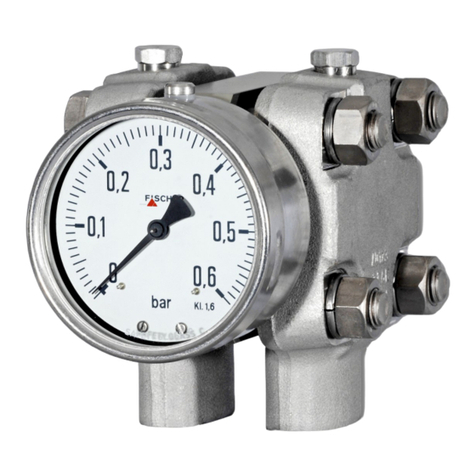
FISCHER
FISCHER DA01 VUW ATEX operating manual

Teledyne
Teledyne T360 Operation manual
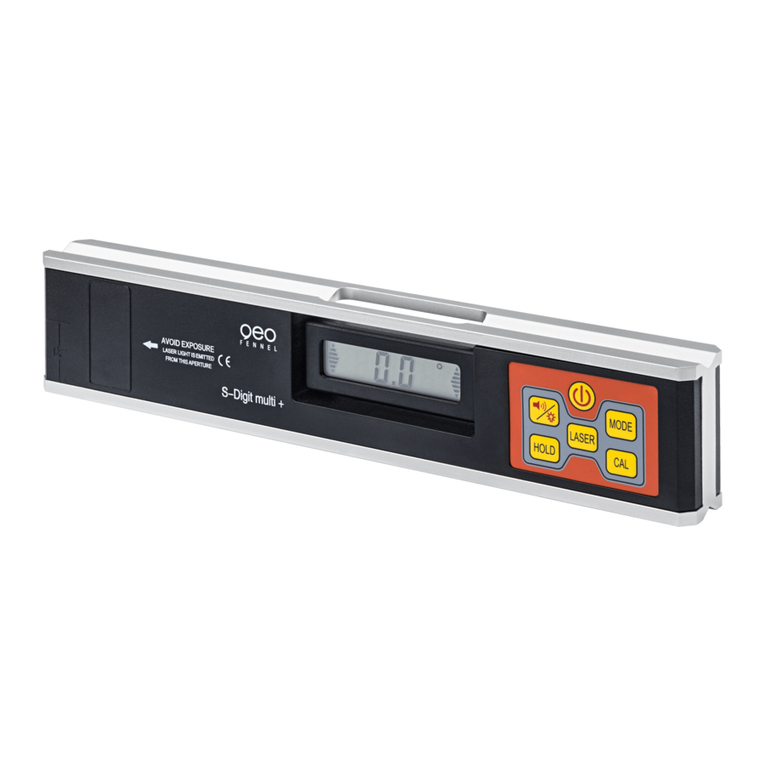
geo-FENNEL
geo-FENNEL S-Digit multi+ user manual
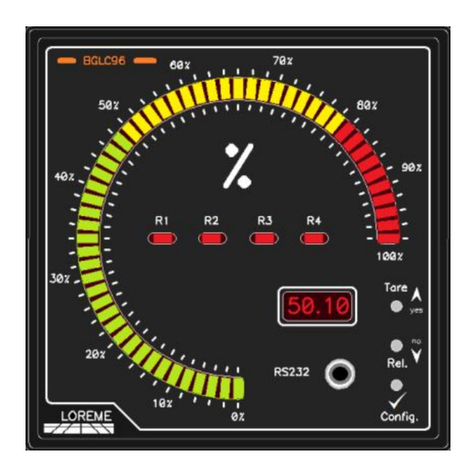
Loreme
Loreme BGCL96 Configuration handbook
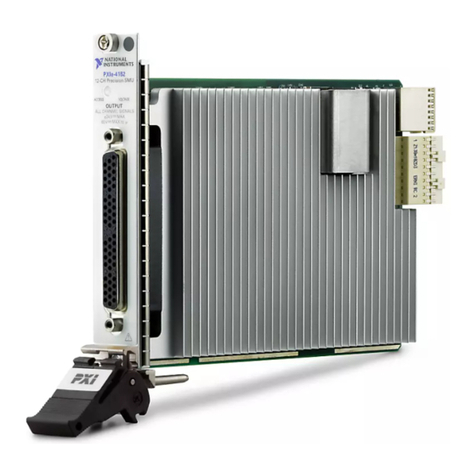
National Instruments
National Instruments PXIe-4162 Getting started guide

DEGREE CONTROLS
DEGREE CONTROLS Cambridge Accusense ATM2400 user manual

